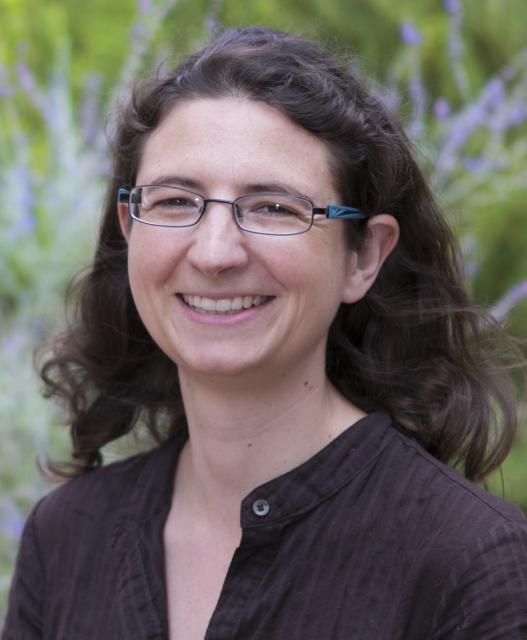Semiconducting nanostructures have been proposed as material platforms for a wide variety of photonic, electronic, and photovoltaic elements. In order to realize these applications, careful design and characterization of electronic properties such as dopant concentration, activation, and distribution are needed. I will discuss the use of near-field optical microscopy as a non-destructive method for chemical, structural, and electronic imaging in nanomaterials, focusing on a specific application, the study of axially-doped silicon nanowires (SiNWs). We can detect local changes in the electrically-active doping concentration from the free-carrier absorption in both n-type and p-type doped SiNWs. The sub-20 nm spatial resolution allows us to directly measure dopant transition abruptness and charge carrier properties in the vicinity of interfaces in single and multi-junction SiNWs, both in the infrared and the microwave spectral regimes. However, the tip is perturbative in terms of both the electromagnetic wave (frequency-resolved) and electrostatic (charge carrier redistribution) interactions, and this affects the measured results, an important consideration in nanostructured materials especially. Our results demonstrate the utility of near-field spectroscopy in probing local properties of nanomaterials, but emphasize the little-understood convolutional role of the tip in many forms of scanning probe microscopy.
Speaker:
Institution:
Location:

